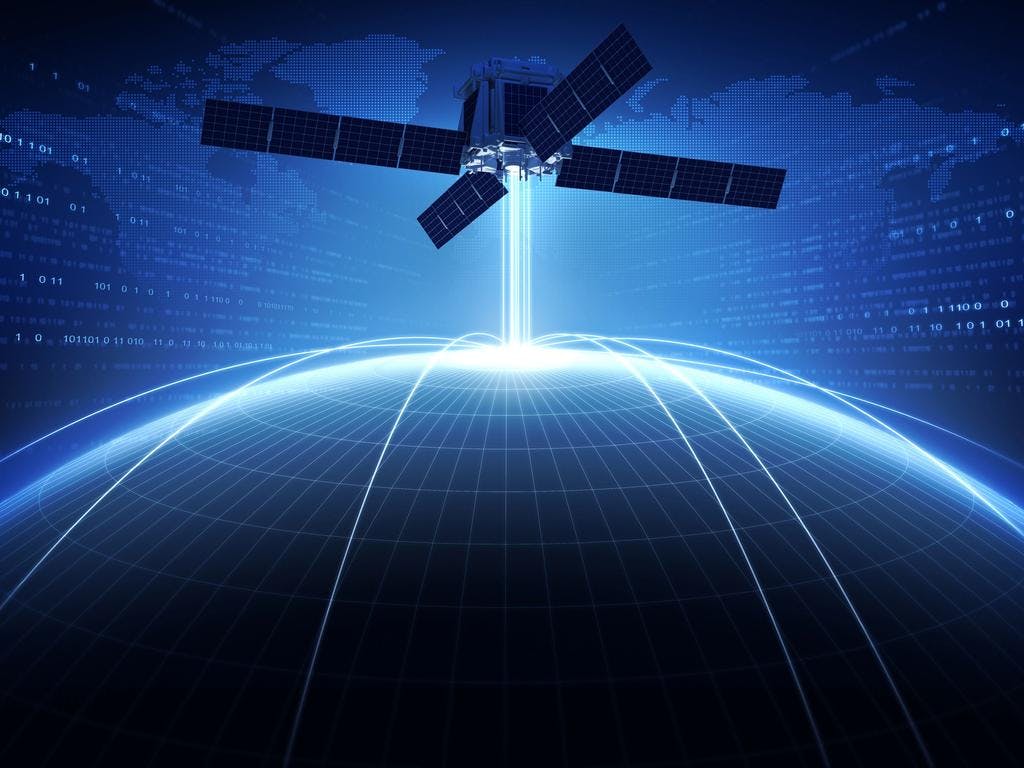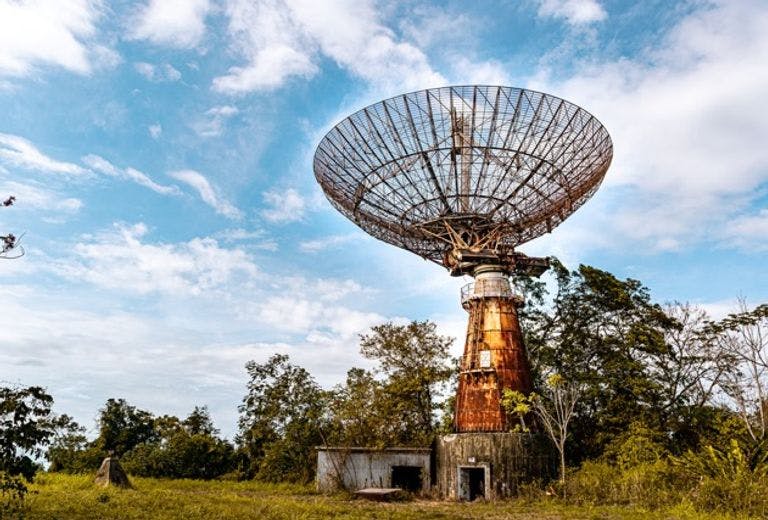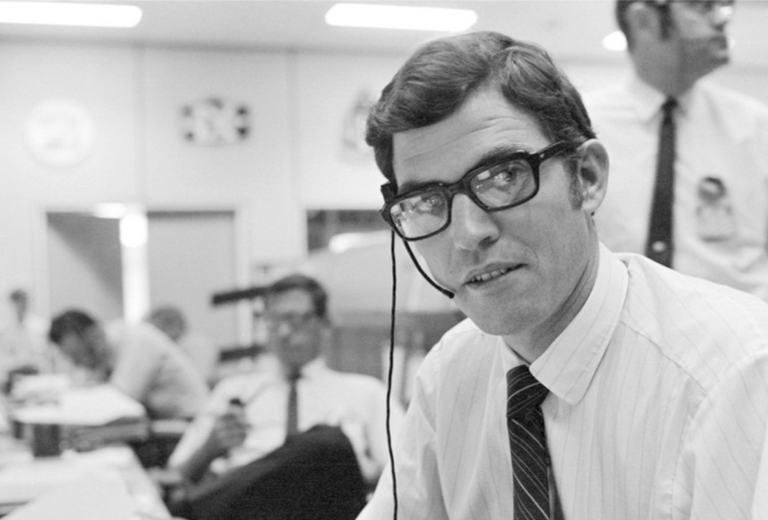The Future of VSAT: Unraveling the Next Horizon of Satellite Communication
In the vast expanse of the communication sector, VSAT (Very Small Aperture Terminal) has emerged as an indispensable player. While its historical evolution has been nothing short of remarkable, it's the future that holds even more promise. As we venture into a new era of digital connectivity, let's embark on a journey to explore the future vistas of VSAT.

Table of Contents
- Introduction to VSAT's Potential
- Technological Advancements on the Horizon
- Emerging Markets and Opportunities
- Challenges and Solutions for Future VSAT
- The VSAT Ecosystem of Tomorrow
- Conclusion
Introduction to VSAT's Potential
VSAT technology has continuously adapted, proving its resilience and relevance. The VSAT of tomorrow is not just about enhanced connectivity; it's about revolutionizing the way we perceive global communication.
The rapid advances in satellite tech, combined with the global push for digitization, places VSAT at the epicenter of the next communication revolution.
Technological Advancements on the Horizon
Several groundbreaking technologies promise to redefine the scope and efficiency of VSAT systems:
- High Throughput Satellites (HTS): These promise enhanced data transmission speeds, reduced latency, and more efficient bandwidth utilization. The introduction of multi-spot beam technology ensures more focused transmission, optimizing the satellite's power and thus offering higher data rates.
- Low Earth Orbit (LEO) Constellations: Unlike traditional geostationary satellites, LEO satellites orbit much closer to the Earth. This translates to reduced latency, making real-time communication and high-definition video conferencing over VSAT more efficient.
- Beamforming and Flexible Payloads: Advancements in adaptive beamforming techniques promise dynamic allocation of satellite resources based on real-time demand, maximizing efficiency.
- Integrated Terrestrial Networks: The future of VSAT lies not in isolation but integration. Seamless integration with terrestrial networks like 5G will ensure uninterrupted global connectivity.
Emerging Markets and Opportunities
The future of VSAT is intertwined with the growth of several sectors and regions:
- Remote Work and Learning: The recent global emphasis on remote work and digital learning platforms offers immense potential for VSAT providers to ensure consistent connectivity in regions underserved by traditional ISPs.
- Maritime and Aviation: With the increasing demand for in-flight entertainment and maritime connectivity, VSAT services catering to these sectors are poised for significant growth.
- Agriculture and Resource Management: Precision agriculture, reliant on real-time data, offers a vast market for VSAT services, ensuring timely data transmission from remote farmlands.
- Emerging Economies: Regions in Africa, Southeast Asia, and South America, with vast rural landscapes and burgeoning digital aspirations, are ripe markets for VSAT expansion.
Challenges and Solutions for Future VSAT
While the horizon is bright, it isn't devoid of clouds. However, with challenges come opportunities for innovation:
- Space Debris: The increasing number of satellites raises concerns about space congestion. Future VSAT players must invest in satellite de-orbiting strategies and space traffic management.
- Security Concerns: As reliance on satellite communication grows, so do concerns about data security and potential breaches. Incorporating advanced encryption methods and cybersecurity protocols will be crucial.
- Cost Factors: Reducing the cost of satellite launches and ground equipment will be essential to make VSAT services more accessible and competitive.
- Regulatory Landscape: Navigating the complex, often fragmented, regulatory landscape of global satellite communication will be a persistent challenge.
The VSAT Ecosystem of Tomorrow
The VSAT industry isn't an isolated entity but a part of a larger ecosystem. Collaborations with tech giants, investments in R&D, partnerships with regional ISPs, and integration with global digital initiatives will shape the future VSAT landscape.
Additionally, the emphasis will shift towards sustainability, with eco-friendly satellite launches and an increased focus on minimizing the carbon footprint of ground stations and data centers.
Conclusion
The narrative of VSAT's future is one of optimism, challenges, and boundless potential. As we stand on the cusp of a new era, the VSAT industry is well-poised to not just witness but actively shape the communication revolution of the 21st century.
Dive deeper into the world of VSAT by exploring the new wave of VSAT Threats on the Steely blog. Together, let's traverse the digital cosmos, guided by the beacon of VSAT.

A collective of dedicated professionals committed to enhancing satellite communication security. When they aren't analyzing complex telemetry data or crafting state-of-the-art tools, they're deeply engaged in thought leadership, sharing insights to empower a safer, more connected world.


